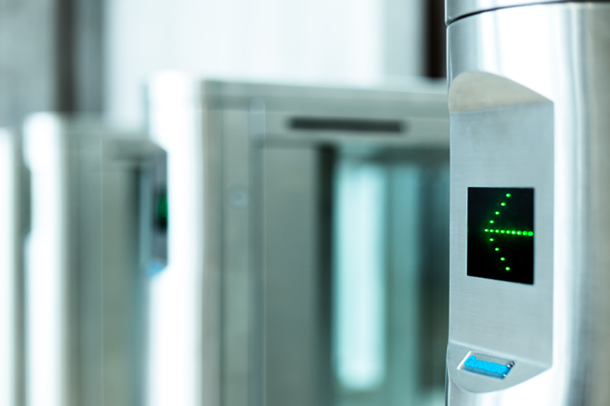Migrating to an open architecture Access Control System
Open architecture platforms have transformed the access control market. Organisations have more choices than ever before when selecting software and components.

A unified Access Control System (ACS) can do far more than lock and unlock doors. It can protect an organisation’s people and assets more effectively. It can also improve business operations and decision-making capabilities.
But, while many organisations have made the switch, some are still holding on to outdated ACS technology. Even though they are aware of the drawbacks of their existing set-ups, the thought of upgrading is daunting. In part, they’re afraid of the costs associated with migrating and opt instead to pour time and money into maintaining their closed legacy systems.
In most cases that money could be better spent on a modern open platform that does more to help operators make sense of their environment. And that offers customized dashboards that can help answer common questions related to security and operations.
For example, designing a dashboard that tracks active alarms alongside other metrics, including the number of patrons waiting in a security line, can alert security term when a situation is escalating. This helps organisations to react sooner and get back to normal operations.
The real cost of legacy systems
Legacy systems were designed to address an organisation’s needs at a specific point in time. As needs change, they can lag behind. For example, many legacy systems limit an organisation’s ability to integrate new technologies, including wireless locks and mobile credentials into its physical security system.
An older ACS can also require constant upgrading and support just to keep working. Parts for these older systems can be difficult to find and are frequently costly. And, when an ACS is proprietary and heavily integrated into a physical security system, this can further increase maintenance costs.
Moreover, an unsupported or poorly maintained ACS must also be considered a cybersecurity threat. The risk isn’t just that an outsider could open and close doors without permission. It’s that the ACS could be the weak link in the chain that grants access to the wider network.
Once a network has been breached, all data becomes vulnerable, including sensitive information stored internally. Threat actors often look to move around a breached network to search for information that will generate the most financial gain. This usually leads them to valuable data like personal information about employees or customers, or an organisation’s private financial data.
Going beyond the door
To avoid setbacks associated with closed systems, organisations need an ACS that will evolve with their needs, provide solutions that go beyond the door, and allow them to move to the cloud with confidence. With a flexible, open ACS, organisations can address current requirements and evolve their systems with new technologies as their needs change.
An open ACS provides the ability to scale up through additional hardware integrations, bolt-on software modules, and open software integrations with third-party products. It can also save time and money as existing hardware can often be incorporated, with no need to rip out and replace.
Conclusion
Maintaining a legacy ACS is time-consuming and expensive. It can expose an organisation to new threats, including cyberattacks, and can’t keep up with changing access control needs. Open access control solutions provide an easy path to modernisation. The flexibility of an open architecture solution allows organisations to grow their ACS as their needs change. This empowers them to continually enhance security and generate greater return on their investment.
By Kay Ohse, Regional Sales Director at Genetec
Learn more about Genetec's Synergis Access Control System.














